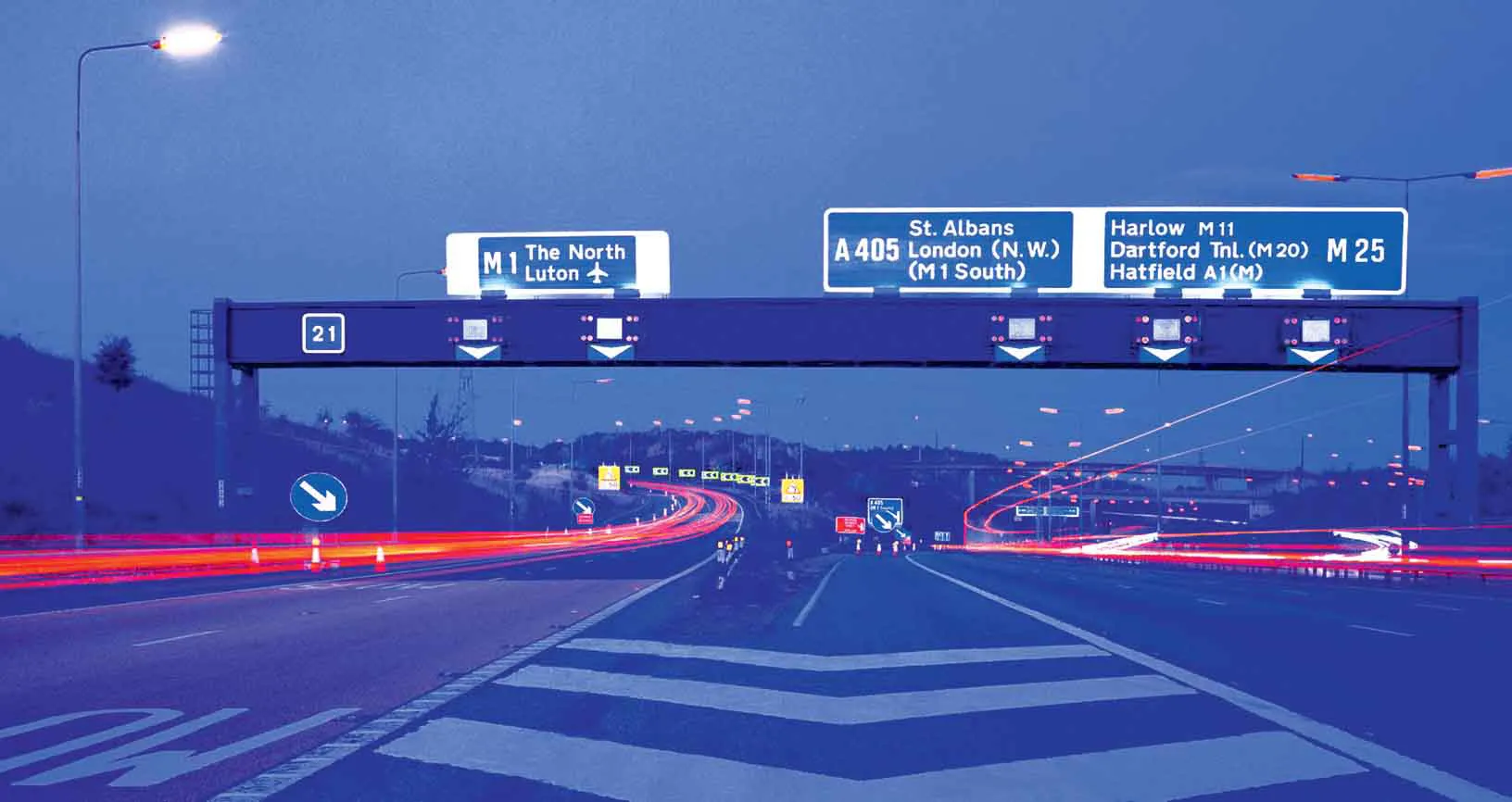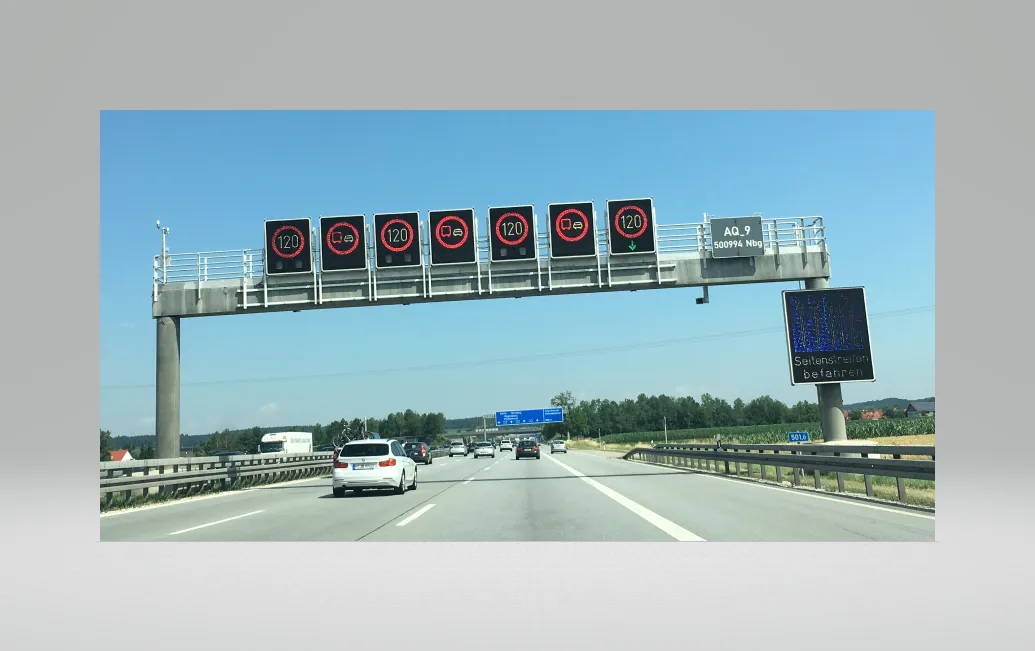Continued road safety improvements are being seen in Australia, following the implementation of a series of strategic moves. In New South Wales, the latest official data shows that road fatalities for 2014 were the lowest since 1923 and down some 40% compared with 10 years ago. Some cause for concern however has been seen with the 45% increase in deaths caused by the non-use of seat belts. There were 309 road deaths in New South Wales in 2014, compared with 333 in 2013.
Across the other side of the count
January 5, 2015
Read time: 2 mins
Continued road safety improvements are being seen in Australia, following the implementation of a series of strategic moves. In New South Wales, the latest official data shows that road fatalities for 2014 were the lowest since 1923 and down some 40% compared with 10 years ago. Some cause for concern however has been seen with the 45% increase in deaths caused by the non-use of seat belts. There were 309 road deaths in New South Wales in 2014, compared with 333 in 2013.
Across the other side of the country in Western Australia, the authorities are also taking steps to tackle bad driving and improve road safety. The police plan to issue warning letters to those drivers deemed a safety risk, as part of a strategy intended to reduce the number of road deaths in the state. The number plate of the drivers will also be flagged on a computer system. In several rural areas, people who have various driving convictions and accumulate a large number of demerit points will receive a personally delivered warning letter from the police.
Across the other side of the country in Western Australia, the authorities are also taking steps to tackle bad driving and improve road safety. The police plan to issue warning letters to those drivers deemed a safety risk, as part of a strategy intended to reduce the number of road deaths in the state. The number plate of the drivers will also be flagged on a computer system. In several rural areas, people who have various driving convictions and accumulate a large number of demerit points will receive a personally delivered warning letter from the police.









